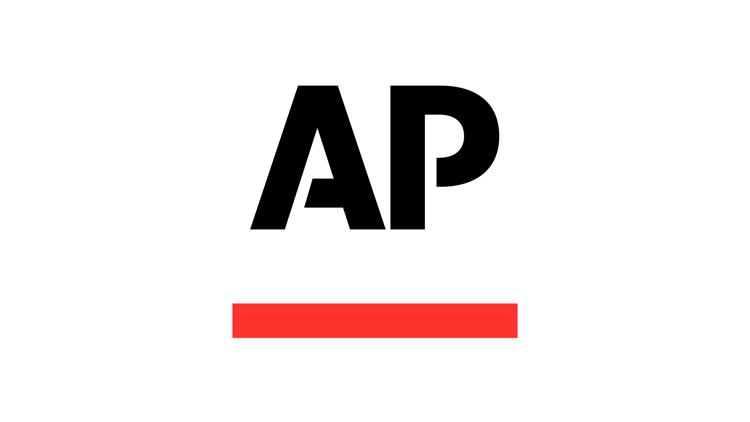UPDATE: Major relief arrives for student loan borrowers as the Department of Education resumes processing student-loan forgiveness for those on income-based repayment plans, wiping out debts of up to $70,000. This development is generating widespread excitement among borrowers who feared their relief would never come.
After nearly 25 years of payments, Tammy Stinson, 52, from Pennsylvania, shares her elation at finally seeing her balance eliminated. “I feel like I might be free now,” Stinson said, expressing her newfound freedom to focus on retirement savings and leisure activities, like taking a vacation.
In a significant turnaround, borrowers who have met their qualifying payments began receiving notifications in late September, and loan balances were officially zeroed out starting mid-October. This relief comes after a summer pause in processing due to ongoing litigation regarding income-based repayment plans.
Stinson, who graduated in 2001 with a degree in economics, faced years of fluctuating income while raising her children, often feeling overwhelmed by her debt. “It felt hopeless at some points,” she admitted. Now, with her loans forgiven, she can finally redirect funds toward her retirement instead of monthly payments.
Another borrower, Brad Hill, 55, from California, expressed his long-awaited relief after making consistent payments on loans totaling $86,000. “It was immense relief that this suddenly kicked in,” Hill stated, having anticipated forgiveness for years but unsure when it would materialize.
The timing of this forgiveness is crucial, as a provision from the 2021 American Rescue Plan that exempts student-debt relief from taxes is set to expire in January 2026. Stinson is relieved that she will not face a hefty tax bill, as the Department of Education considers the effective date of relief as the date of final payment, protecting borrowers from tax liabilities.
The income-based repayment (IBR) plans, initiated in 2007, are designed to make loans manageable, allowing borrowers to make payments based on their income. Those enrolled before July 1, 2014, face a repayment period of 25 years, while later enrollees are eligible for forgiveness after 20 years.
As the Department of Education continues to process forgiveness, borrowers are advised to stay alert for updates on their accounts. More balances may be zeroed out in the coming months as many await their relief. However, the future of student-loan forgiveness may be uncertain, with plans to implement stricter repayment terms in the coming years.
The emotional impact of this announcement cannot be understated, as many borrowers like Stinson and Hill finally see a light at the end of the tunnel. Stinson noted, “This has been the best week of my life,” capturing the profound sense of relief and hope that accompanies a debt-free future.
As this story develops, more borrowers are expected to share their experiences and outcomes, marking a pivotal moment in the ongoing conversation around student loan debt in the United States.







